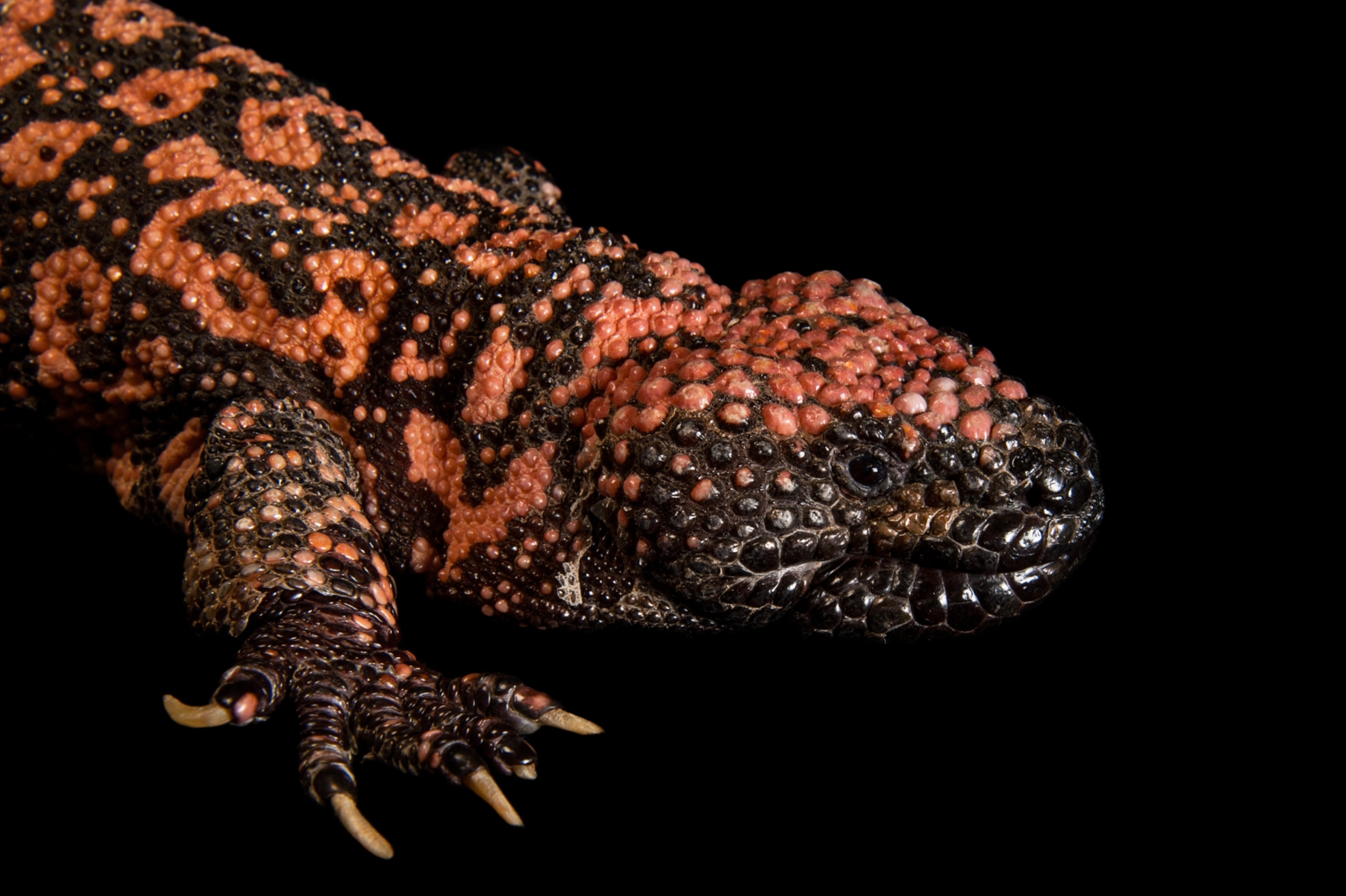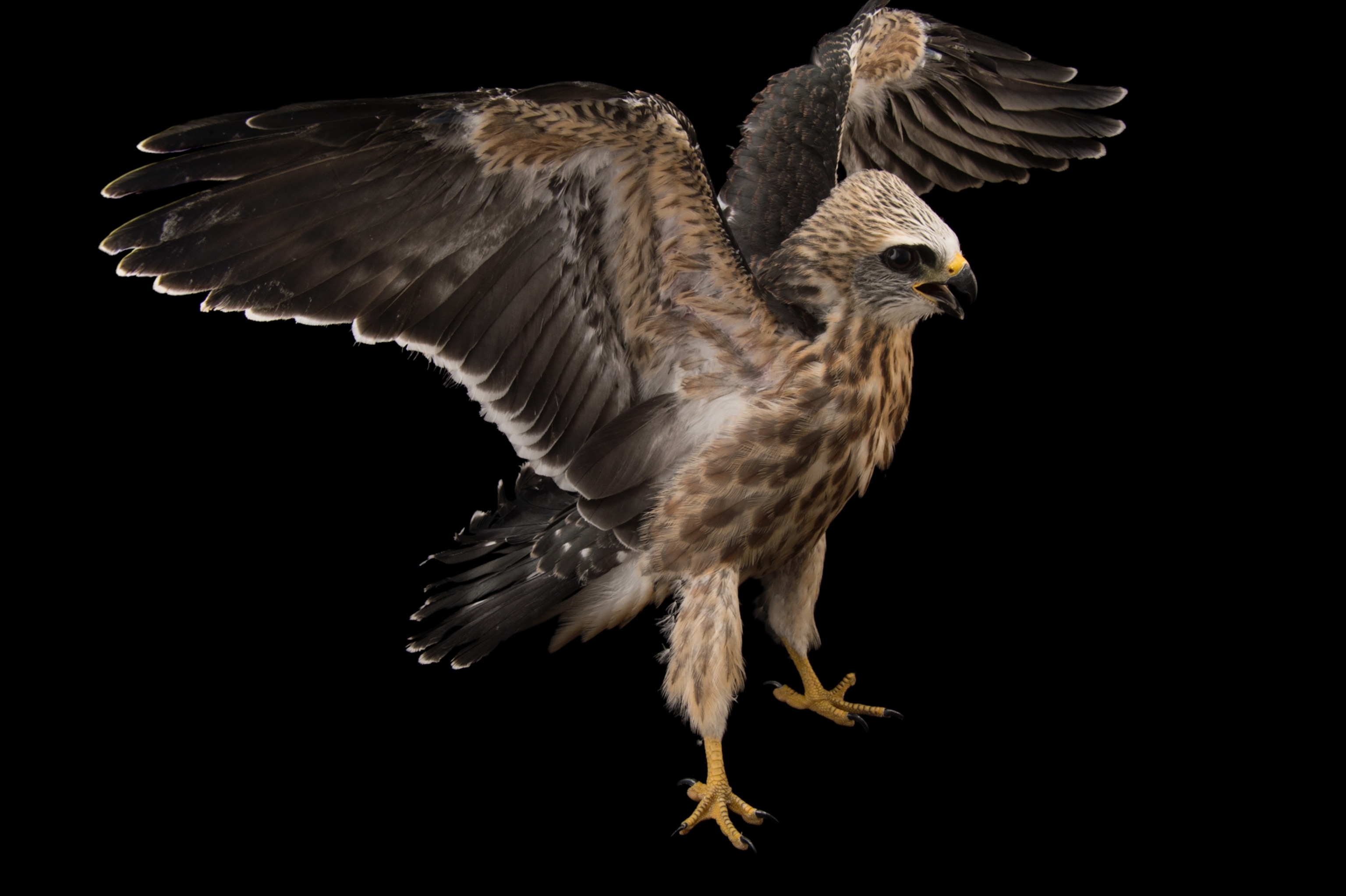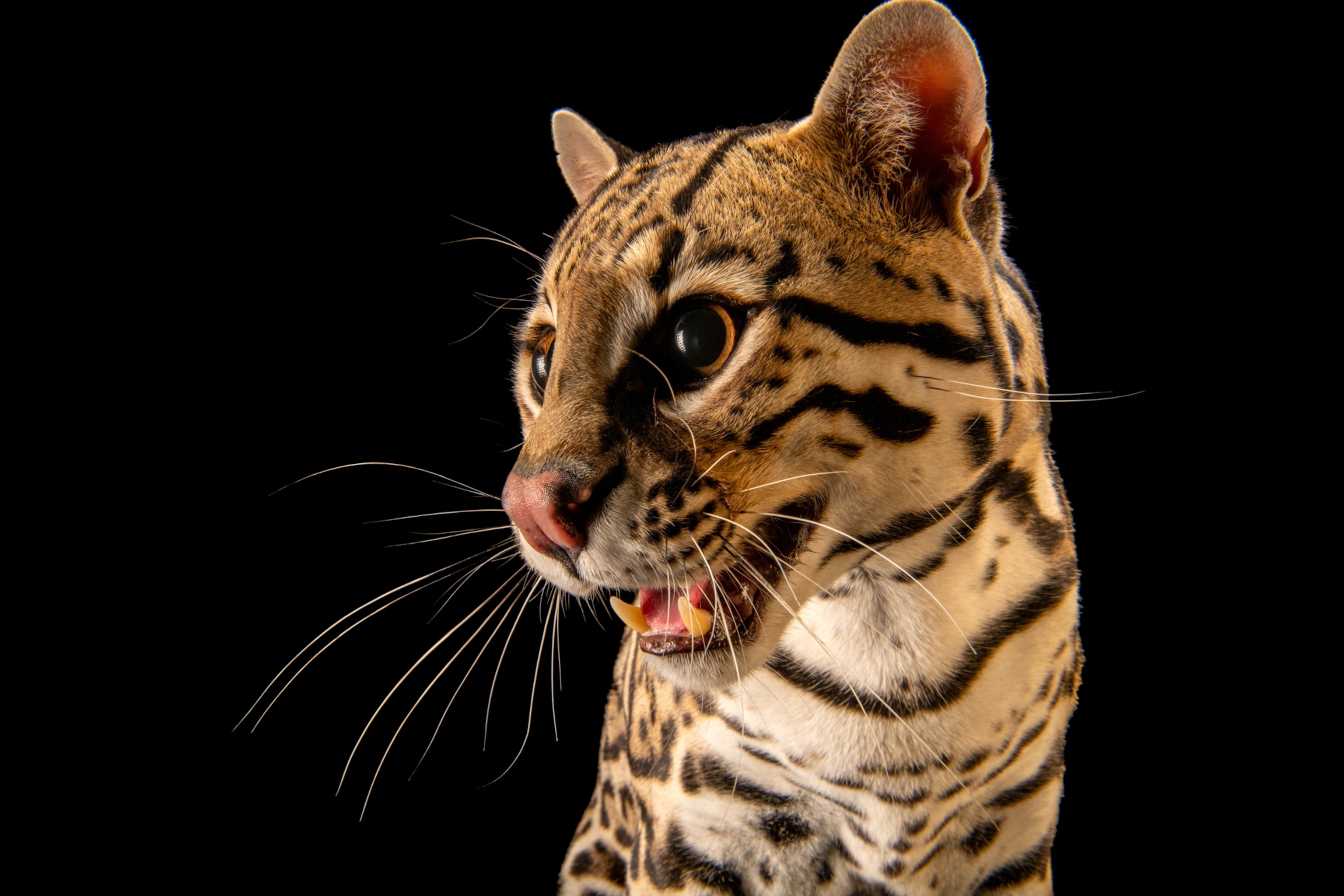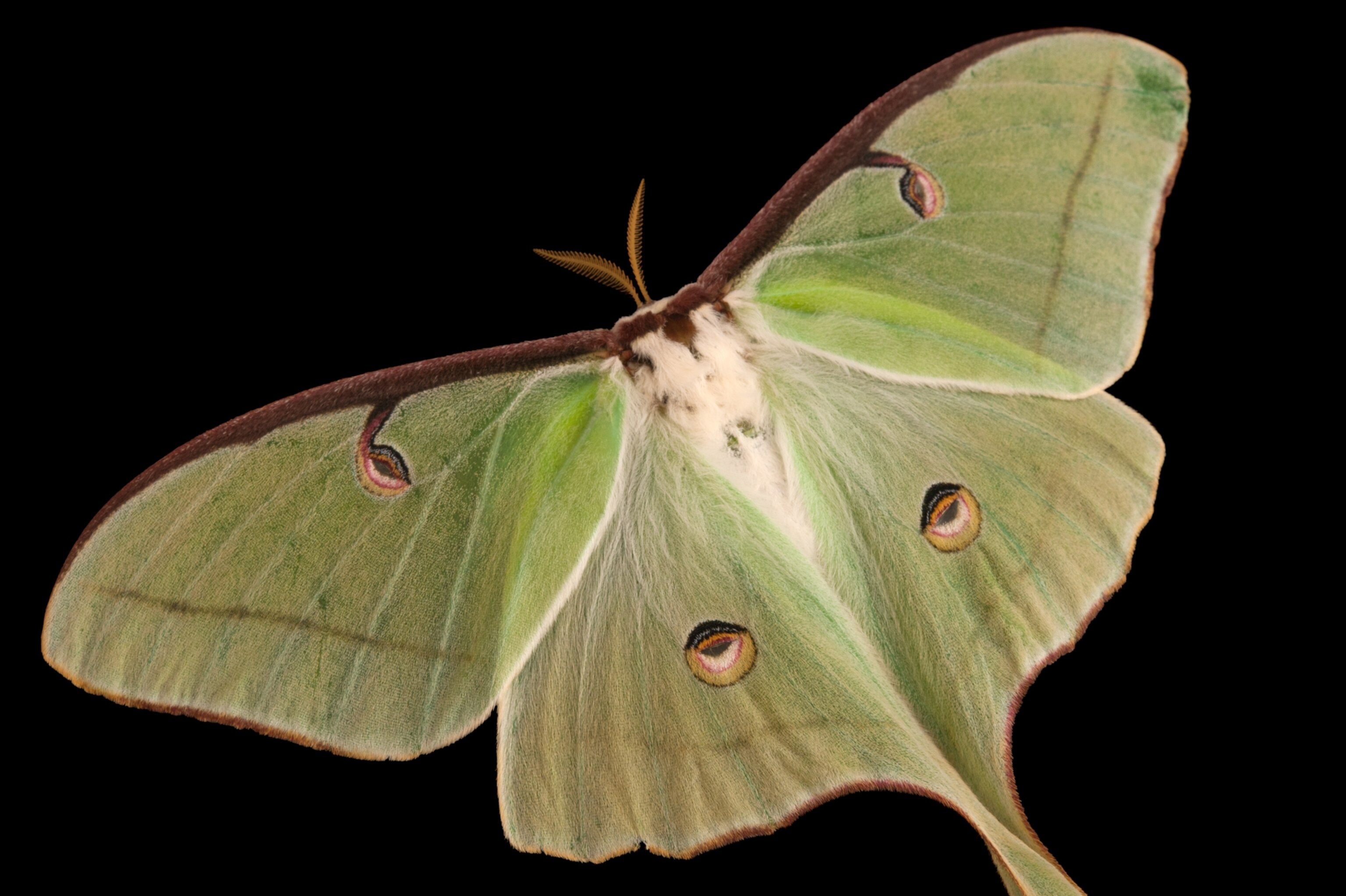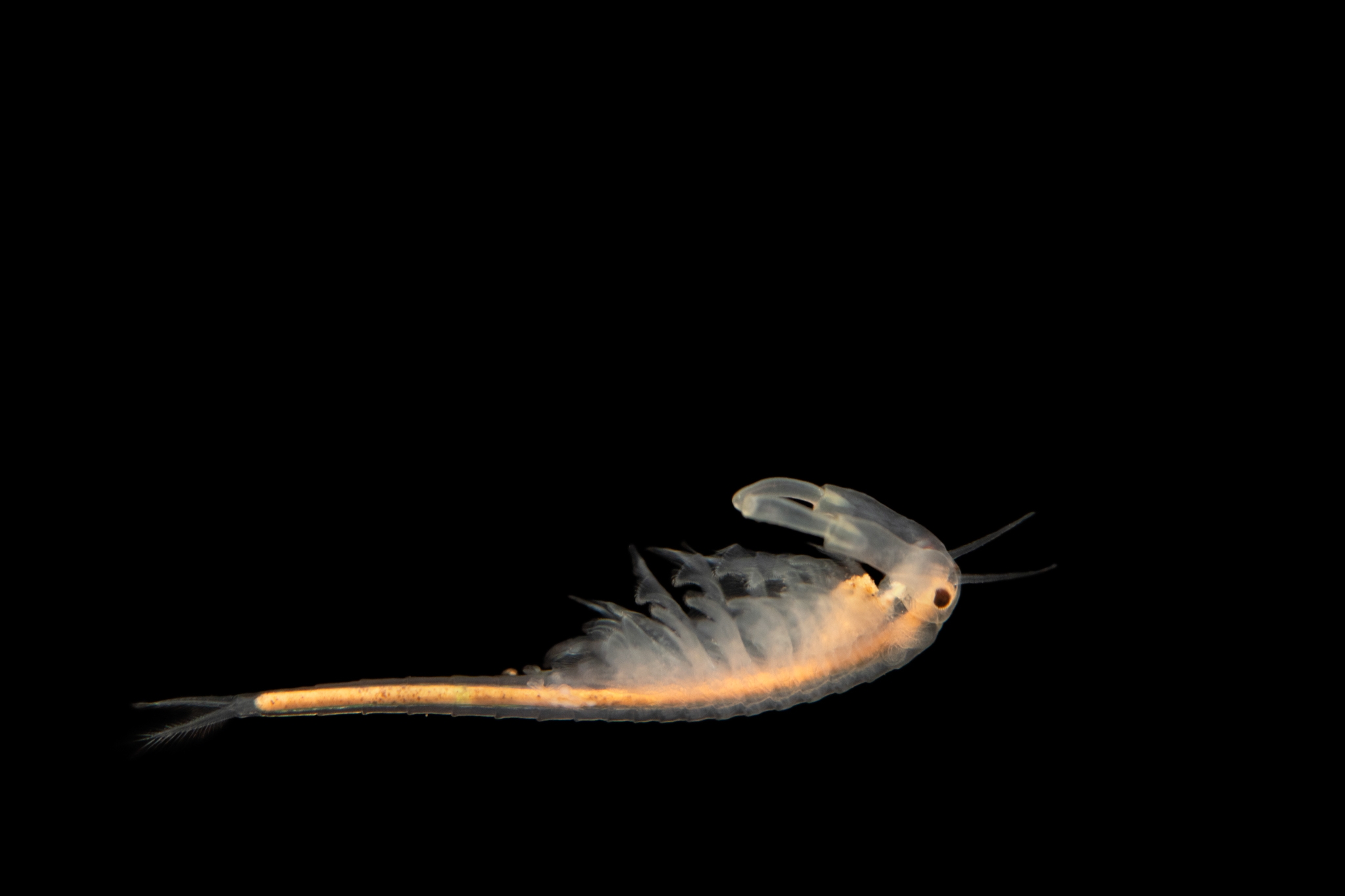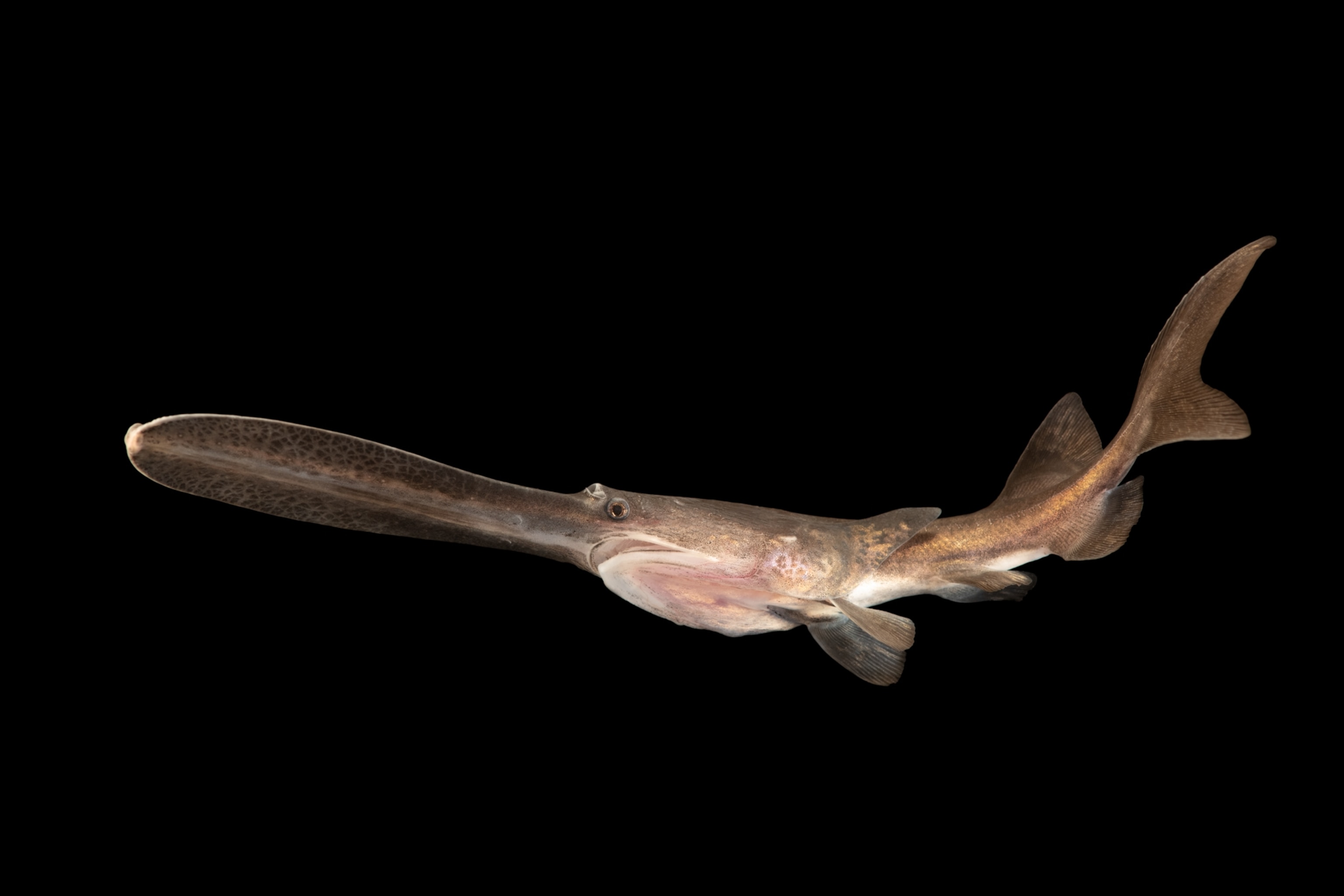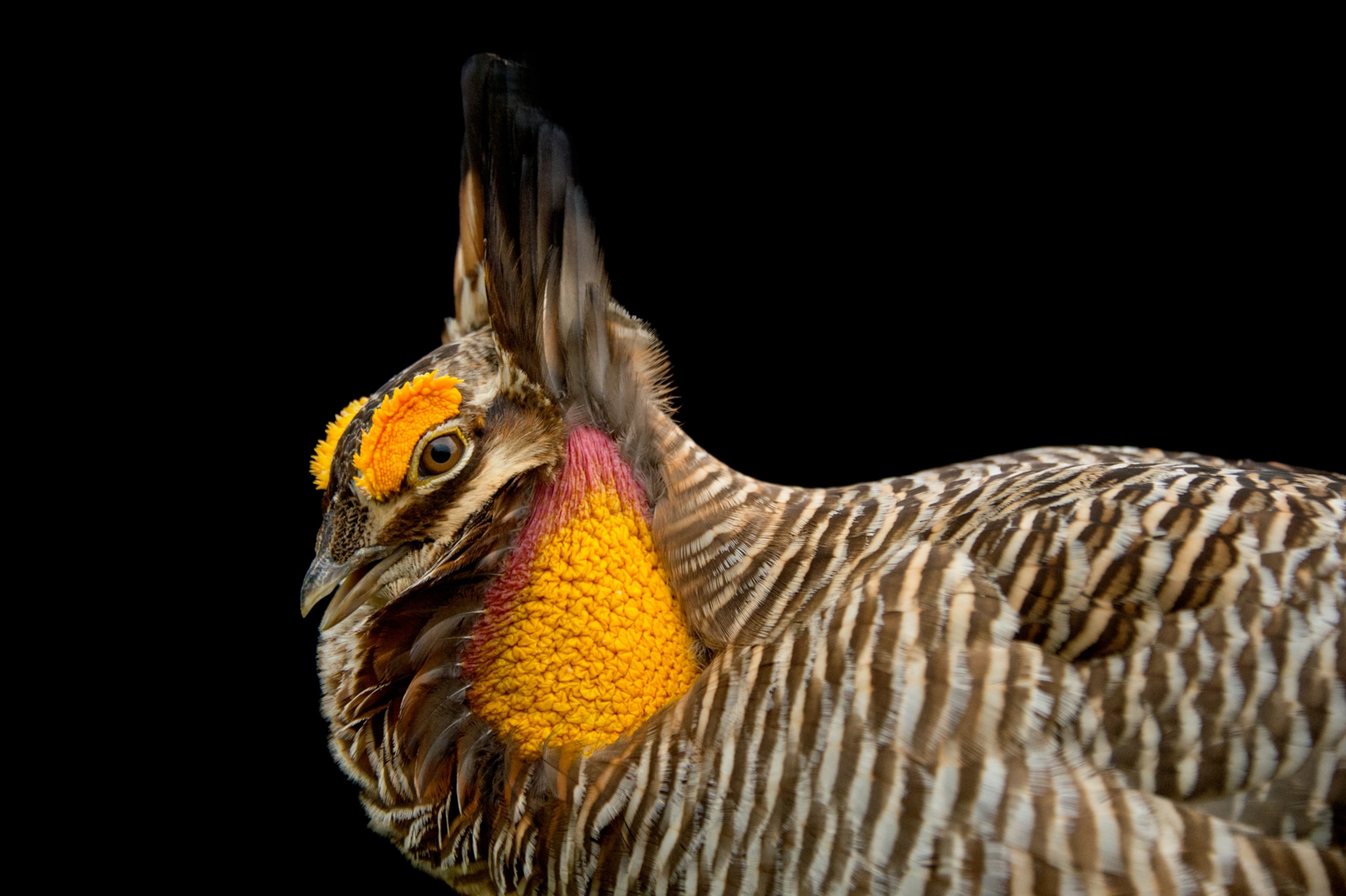This Fourth of July, we’re honoring the creatures that make the United States rich—in biodiversity, that is.
To date, scientists have identified more than 32,000 distinct animal species living in the country, from thousands of species of beetles to just one marsupial (it’s the Virginia opossum).
According to NatureServe, an organization that keeps tabs on North American flora and fauna, more than 7,000 of those species are endemic, meaning they’re native to the U.S. and nowhere else—and researchers are certain that’s an underestimate. (Learn more about July 4th and its history.)
We’re proud to call these animals our neighbors, whether the U.S. is their only home in the world or just a stopover on a grand migration.
From the mountains

Whether it’s the alpine slopes of Washington State or the mesas of the Mojave Desert, the bighorn sheep makes scaling sheer cliffs look like a walk in the park.
With their enormous, curved horns, the bighorn ram is a symbol of stubbornness and persistence. To establish pecking order during mating season, rams spend half the year running headlong into their rivals.
While a deer’s antlers are solid bone, the bighorn sheep’s headgear is composed of a bony core covered by keratin, the same protein that makes up our hair and fingernails. And since the sheep never shed their horns, dark stripes on the horns called annuli can be counted to determine a ram’s age—just like the rings of a tree. (Read how bighorn sheep are bouncing back in California.)
To the prairies
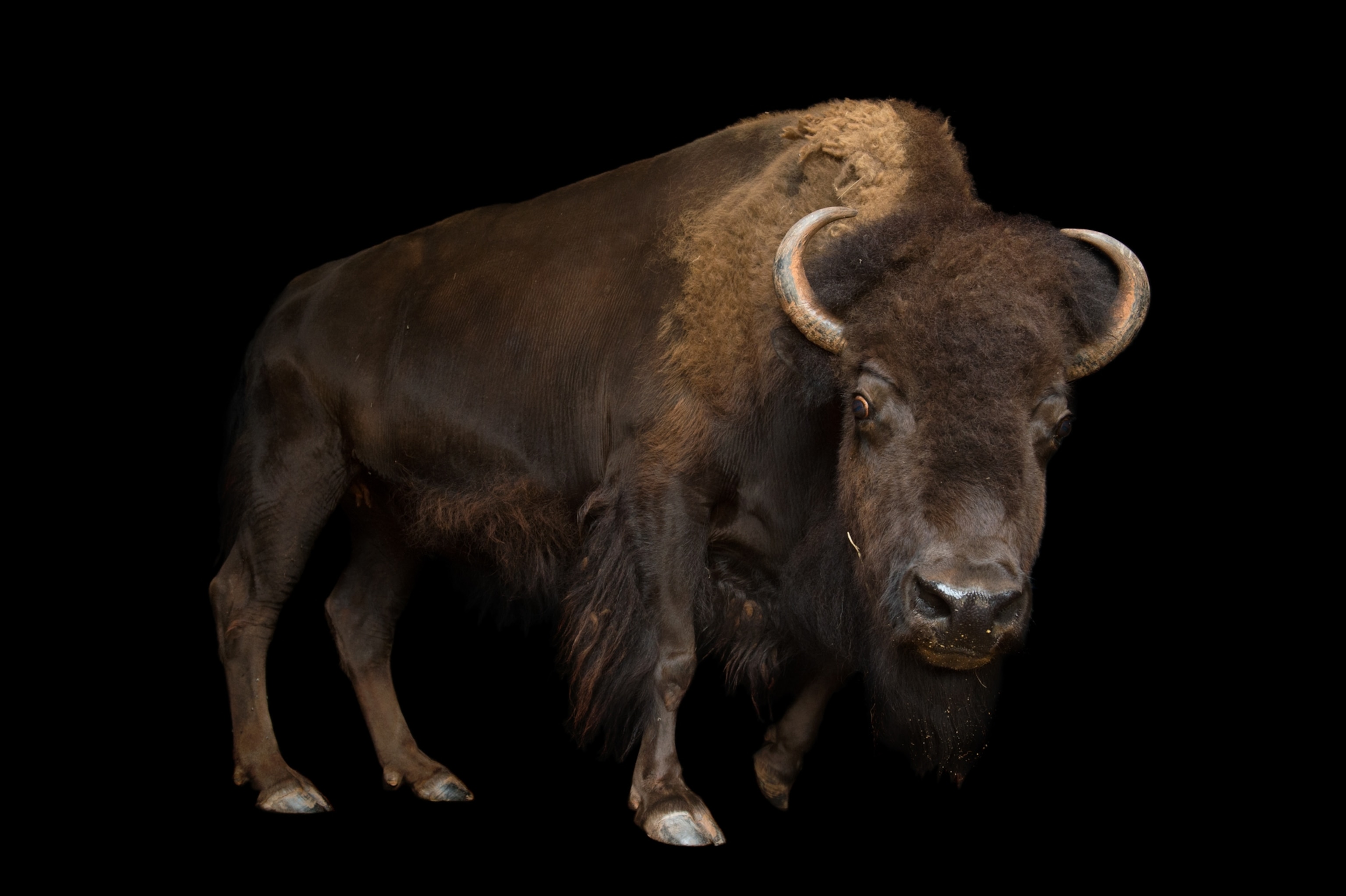
Tipping the scales at as much as 2,200 pounds, the American bison was the king of the plains until overhunting by settlers pushed them to the brink of extinction. By 1889, only a few hundred survived of the more than 50 million that Plains Indians had hunted sustainably for centuries.
Captive breeding programs and reintroduction in national parks and refuges have bolstered the wild population to more than 20,000 bison in the U.S. If you’re lucky enough to see one roaming free, keep a respectful distance. They may seem like big, lumbering beasts, but American bison have been clocked at speeds up to 35 miles an hour. (See beautiful photos of bison.)
Today, bison share the grasslands with the prairie chicken, a critically endangered member of the grouse family that knows how to put on a show. When it’s time to wow the ladies, the male prairie chicken stages a complicated courtship display: He inflates bright yellow air sacs on either side of his neck to create low, resonant hoots called “booms” and slaps his feet on the ground in what looks like a frantic tap dance. Irresistible.
To the oceans, white with foam
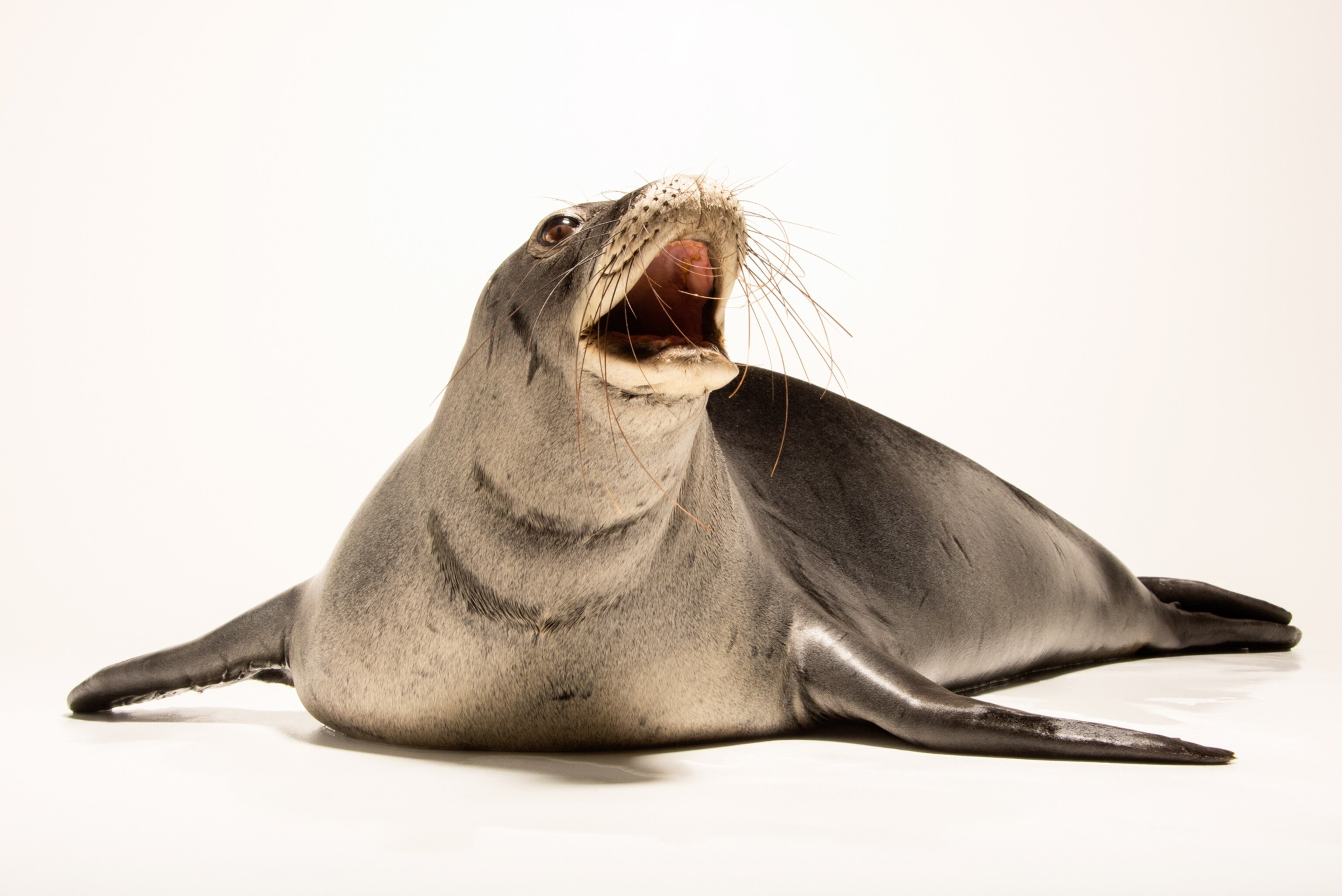
Native Hawaiians call it Ilio holo I ka uaua, meaning “dog that runs in rough water,” while 18th century scientists saw a friar’s habit in its rounded head and smooth, dark pelt.
The Hawaiian monk seal made international headlines back in 2018 when a handful of juveniles were spotted with eels stuck up their noses. Native only to the Hawaiian archipelago, the Hawaiian monk seal makes a living by cruising coral reefs. Surprisingly, this slippery predator has only 16 teeth, half as many as the average human—though that probably seems like plenty to the fish, crustaceans, and cephalopods that make up the monk seal’s diet.
Our home, sweet home
Scroll through the gallery below to learn more about the animals that share our country, from the Gila monster—who needs a new public relations strategy—to the vernal pool fairy shrimp.
